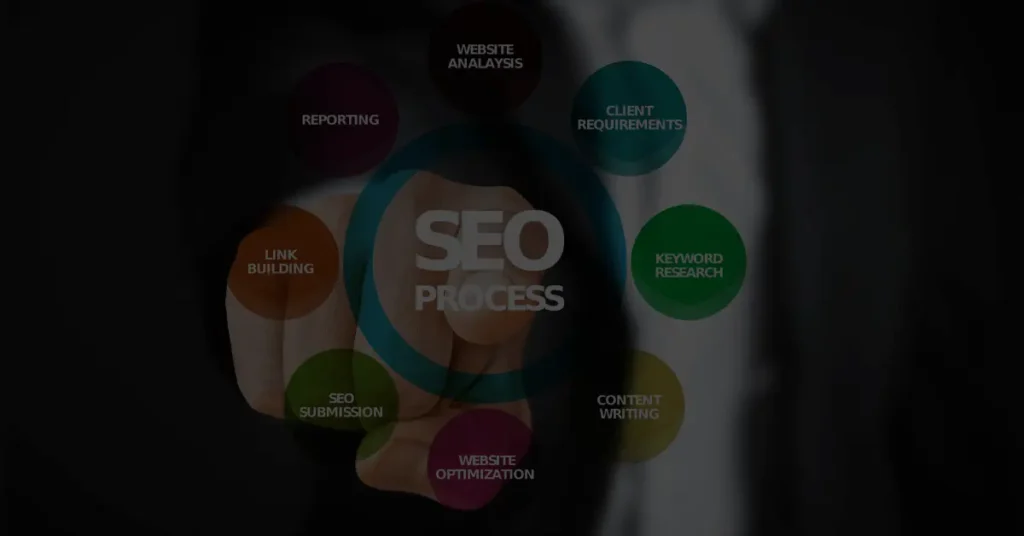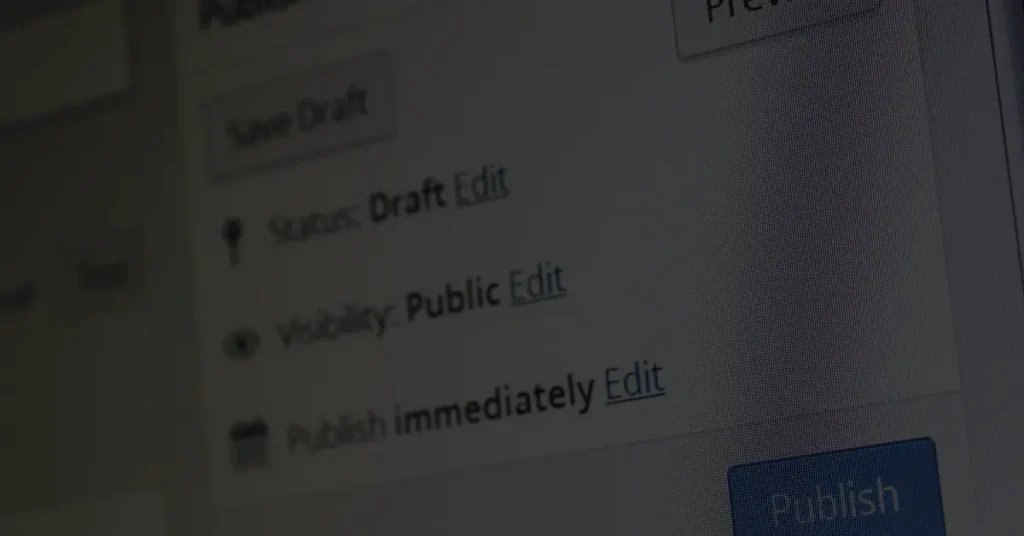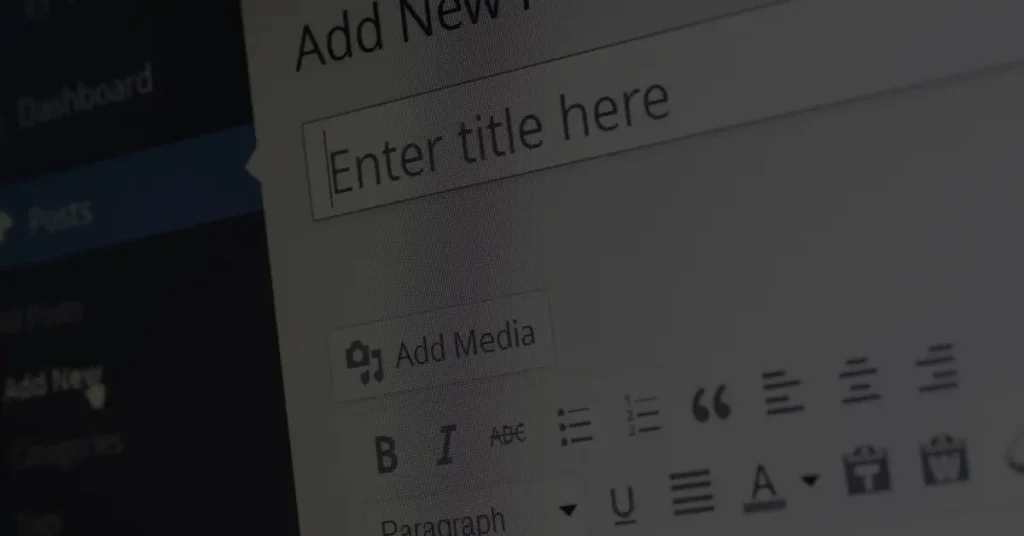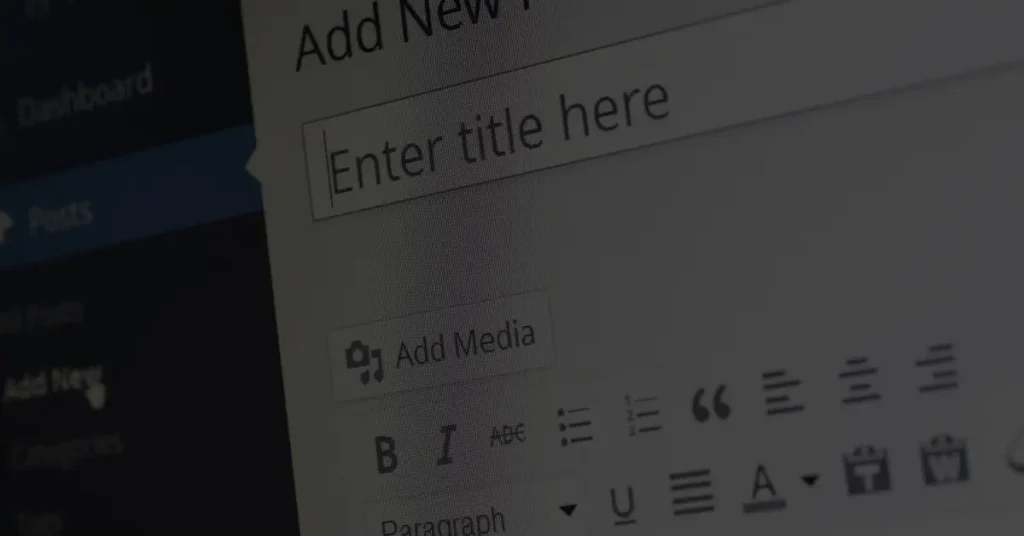What are WordPress themes and why are they important?

WordPress is the most popular content management system (CMS) in the world, powering over 40% of all websites on the internet. One of the key reasons behind its success and widespread adoption is its ability to be easily customized and extended through the use of themes. In this article, we’ll explore what WordPress themes are and why they are important for building a successful website.
Introduction to WordPress Themes
When you create a website using WordPress, you start with a basic design and layout. This default design is known as the “WordPress theme.” However, WordPress offers a vast library of themes that allow you to change the look and feel of your website effortlessly. Themes provide a set of templates, stylesheets, and other design elements that determine how your website appears to visitors.
What are WordPress Themes?
WordPress themes are collections of files that work together to define the design, layout, and functionality of a WordPress website. They consist of template files, CSS stylesheets, images, and sometimes additional code or scripts. Themes control the visual appearance of your website, including elements such as colors, typography, header and footer layout, page structure, and more.
The importance of WordPress Themes cannot be overstated, as they significantly impact the overall success of a website.
Enhancing Website Design and Aesthetics
First and foremost, WordPress themes play a vital role in enhancing the design and aesthetics of your website. With thousands of pre-designed themes available, you can choose a design that aligns with your brand identity and appeals to your target audience. A visually appealing website creates a positive first impression and helps in building trust and credibility with visitors.
Customization and Flexibility
WordPress themes offer a high degree of customization and flexibility. They provide options to modify various design elements, including colors, fonts, layouts, and more. You can also add your logo, custom images, and personalize the content to match your brand identity. This flexibility allows you to create a unique website that stands out from the competition.
Responsive and Mobile-Friendly Design
In today’s mobile-driven world, having a responsive and mobile-friendly website is crucial. WordPress themes are designed to be responsive, meaning they adapt to different screen sizes and devices. This ensures that your website looks and functions well on desktops, tablets, and smartphones, providing an optimal user experience across all devices.
SEO Optimization
Search engine optimization (SEO) is vital for improving your website’s visibility in search engine results. Many WordPress themes are designed with SEO best practices in mind. They include features such as clean code, fast loading times, optimized heading structure, and schema markup, all of which contribute to better search engine rankings. Choosing an SEO-friendly theme gives you a head start in optimizing your website for search engines.
User Experience and Navigation
A well-designed WordPress theme provides an intuitive and user-friendly experience for your visitors. Themes often include features like easy navigation menus, breadcrumb trails, search bars, and related posts sections. These elements help users find the information they need quickly and navigate through your website effortlessly. A positive user experience leads to increased engagement, longer visit durations, and higher conversion rates.
Updates and Support
WordPress themes, especially premium ones, typically come with regular updates and dedicated support from their developers. Updates ensure that your theme remains compatible with the latest version of WordPress and includes bug fixes and new features. Support allows you to seek assistance if you encounter any issues or need help with customization. Having reliable support can save you time and effort in maintaining and troubleshooting your website.
How to Choose the Right WordPress Theme
With countless WordPress themes available, choosing the right one can be overwhelming. Here are some factors to consider when selecting a WordPress theme for your website:
Consider Your Website’s Purpose and Niche
Before browsing themes, define your website’s purpose and target audience. Are you creating a blog, an e-commerce store, a portfolio website, or a business site? Understanding your website’s goals and niche will help you narrow down the selection to themes that align with your specific requirements.
Responsive Design and Cross-Browser Compatibility
Ensure that the theme you choose is responsive and works well across different devices and browsers. Responsive design is essential for providing a seamless user experience and catering to mobile users, who make up a significant portion of internet traffic.
Customization Options and Ease of Use
Evaluate the customization options offered by the theme. Does it provide an intuitive interface to modify colors, fonts, layouts, and other design elements? Look for themes that strike a balance between flexibility and ease of use, allowing you to make changes without requiring extensive coding knowledge.
SEO-Friendly Features
Check if the theme incorporates SEO-friendly features. Look for clean code, optimized heading structure, fast loading times, and options to add meta tags and descriptions. These features contribute to better search engine visibility and organic traffic growth.
Ratings and Reviews
Take into account the ratings and reviews of the theme. User feedback can provide insights into the quality, reliability, and support offered by the theme developer. Look for themes that have positive reviews and a solid reputation.
Regular Updates and Support
Verify if the theme receives regular updates and offers reliable support. Themes that are actively maintained and provide prompt assistance ensure compatibility with the latest version of WordPress and help resolve any issues that may arise.
Popular WordPress Theme Marketplaces
When searching for WordPress themes, you’ll encounter several marketplaces that offer a wide range of options. Here are some popular WordPress theme marketplaces worth exploring:
- ThemeForest: A vast marketplace with thousands of premium themes across various categories.
- Elegant Themes: Known for their flagship theme, Divi, Elegant Themes offers a collection of stylish and feature-rich themes.
- StudioPress: Focused on producing high-quality themes for bloggers and businesses, StudioPress offers themes powered by the Genesis Framework.
- MyThemeShop: Offering a mix of free and premium themes, MyThemeShop provides visually appealing and SEO-friendly designs.
Free vs. Premium WordPress Themes
When choosing a WordPress theme, you’ll come across both free and premium options. Consider the following pros and cons to decide which type suits your needs:
Pros and Cons of Free Themes
Pros:
- No cost involved.
- Wide range of options available.
- Suitable for simple websites or beginners.
Cons:
- Limited customization options.
- Less support and updates.
- May lack advanced features and SEO optimization.
- Potential security risks from untrusted sources.
Pros and Cons of Premium Themes
Pros:
- Extensive customization options.
- Regular updates and dedicated support.
- Advanced features and functionality.
- Better design quality and attention to detail.
- Improved SEO optimization.
Cons:
- Cost involved.
- Can be overwhelming for beginners.
- Some themes may require a learning curve.
Customizing WordPress Themes
Once you’ve chosen a WordPress theme, you can customize it to suit your specific needs and preferences. Here are some methods for customizing your theme:
Theme Settings and Options
Most WordPress themes come with built-in settings and options that allow you to modify various aspects of the design and functionality. These settings typically include options for colors, fonts, layouts, header and footer customization, widget areas, and more. Explore the theme settings and utilize them to personalize your website.
Using Page Builders
Page builders are plugins that enhance the customization capabilities of WordPress themes. They provide drag-and-drop interfaces and additional design elements, allowing you to create complex layouts without touching any code. Popular page builders include Elementor, Beaver Builder, and Divi Builder.
Custom CSS and Child Themes
For advanced customization, you can utilize custom CSS to override the default styles of your theme. This approach requires some coding knowledge but offers extensive control over the design. Additionally, you can create child themes, which are modifications of an existing theme that preserve the parent theme’s functionality while allowing you to make customizations.
Best Practices for Using WordPress Themes
To ensure a successful and efficient experience with WordPress themes, follow these best practices:
Regularly Update Themes and Plugins
Keep your WordPress themes and plugins updated to benefit from bug fixes, security patches, and new features. Regular updates help maintain compatibility and protect your website from vulnerabilities.
Use Reputable Sources for Themes
Obtain themes from reputable sources, such as official marketplaces or trusted theme developers. Avoid downloading themes from untrusted websites, as they may contain malicious code or lack support.
Test Themes Before Implementing
Before applying a theme to your live website, it’s essential to test it on a staging or development environment. This allows you to assess its compatibility, functionality, and design before making it visible to your visitors.
Backup Your Website
Regularly backup your website to prevent data loss in case of unforeseen events or website issues. Backup plugins, such as UpdraftPlus or BackupBuddy, can automate the backup process for you.
Optimize Performance
Optimize your website’s performance by minimizing CSS and JavaScript files, optimizing images, enabling caching, and using a content delivery network (CDN). A fast-loading website improves user experience and SEO rankings.
Conclusion
WordPress themes play a crucial role in creating visually appealing, functional, and user-friendly websites. They offer customization options, responsive design, SEO optimization, and support, contributing to the success of your online presence. By selecting the right WordPress theme, customizing it to fit your needs, and following best practices, you can create a unique and impactful website.
Frequently Asked Questions
Q1: Are WordPress themes only for bloggers? A: No, WordPress themes cater to various types of websites, including blogs, e-commerce stores, portfolios, business sites, and more. There are themes available for almost every niche and purpose.
Q2: Can I switch themes after building my website? A: Yes, you can switch themes at any time. However, keep in mind that switching themes might require adjustments to your content and settings to fit the new theme’s structure and design.
Q3: Can I customize a WordPress theme without coding knowledge? A: Yes, many themes provide customization options that don’t require coding. Additionally, page builders offer intuitive interfaces for visually customizing your website without coding skills.
Q4: Are premium themes worth the investment? A: Premium themes often offer better design quality, advanced features, regular updates, and dedicated support. If you require extensive customization and advanced functionality, investing in a premium theme can be worthwhile.
Q5: How often should I update my WordPress theme? A: It’s recommended to update your WordPress theme whenever a new version is available. Regular updates ensure compatibility with the latest version of WordPress and provide bug fixes and security patches.























